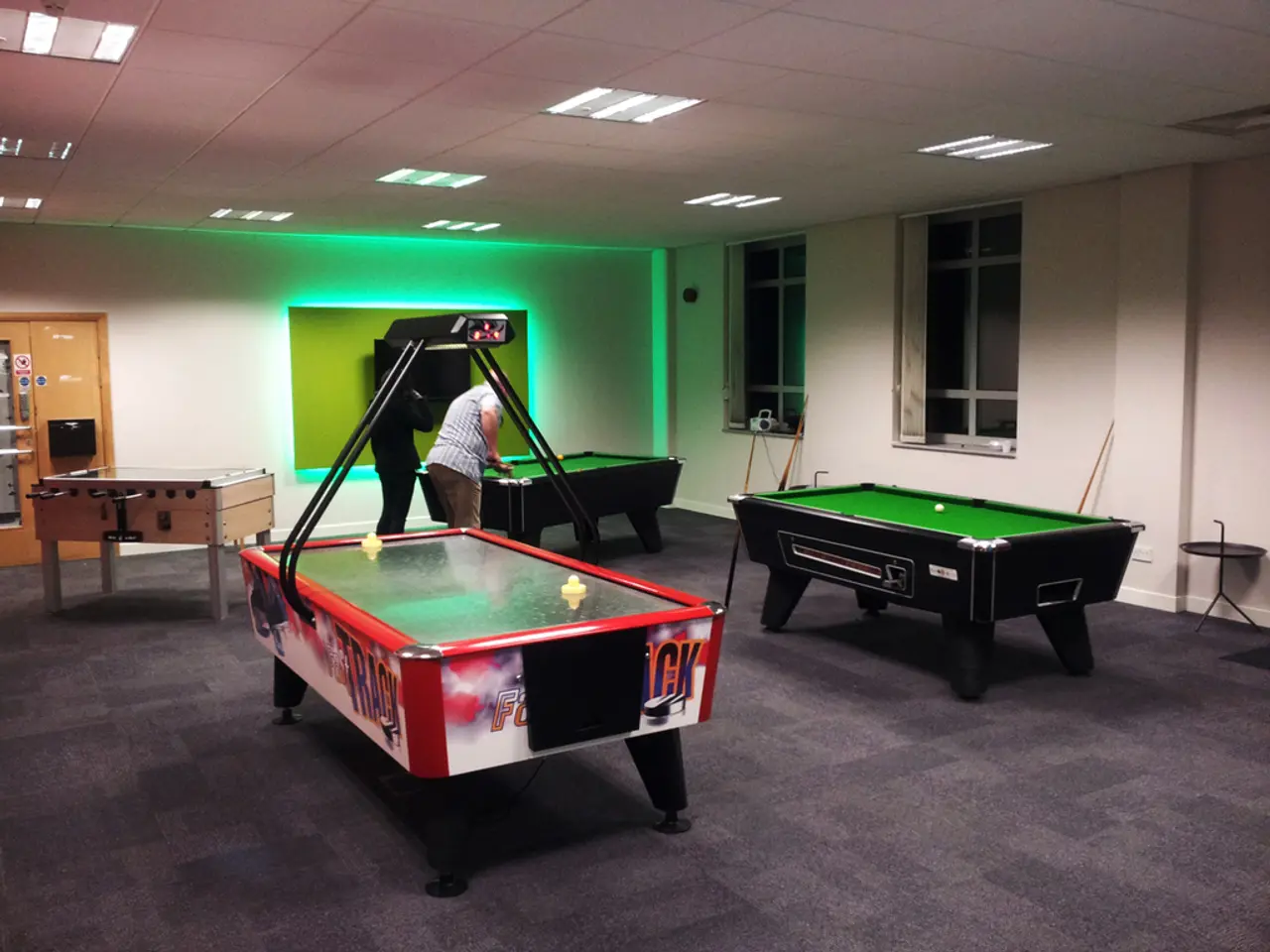Duration of a Snooker Match: In-Depth Analysis on Game Times
==============================================================================
In the captivating world of snooker, the duration of a match can vary significantly, from a few minutes to over two days. The game's pace is influenced by a multitude of factors, ranging from psychological pressure to the strategic approach employed by players.
One of the primary determinants of a snooker frame's length is the skill level of the players. Highly skilled players who consistently pot balls and build substantial breaks will complete frames more quickly. On the other hand, psychological factors and pressure can affect the players' decision-making, slowing down the pace of play and potentially extending the duration of the match.
The complexity of the shots required also plays a crucial role. A table with clustered reds and difficult potting angles will inevitably take longer. Conversely, a table with openings and straightforward shots can lead to quicker frames.
Safety play, where a player deliberately positions the cue ball to make it difficult for their opponent, can prolong the game as it often leads to multiple visits to the table without any balls being potted. This tactic, often employed by players known for their strategic and deliberate pace, such as Mark Selby and Stuart Bingham, can make for protracted tactical battles.
Professional matches are considerably longer than amateur matches due to a combination of factors, including the longer match formats, the higher skill level of the players, and the increased emphasis on tactical play and safety shots at the professional level.
The format of the match (number of frames required to win) significantly contributes to the overall length of a snooker match. Matches requiring more frames to secure victory inherently take longer to complete. For instance, a best of 35 match can last over two days and exceed 10 hours of playing time.
The longest snooker matches are typically reserved for the semi-finals and finals of the World Championship, where the high stakes, tactical complexity, and mental pressure involved can stretch the games well beyond the average timeframe.
However, anecdotal evidence suggests some professional matches, particularly those where one player is dominant, can be completed in under an hour. Theoretically, a snooker frame could last just a few minutes if one player rapidly clears the table with a series of consecutive breaks, but such a scenario is extremely rare in professional matches.
The introduction of shot clocks in certain tournaments has the potential to significantly reduce match durations and create a more fast-paced viewing experience. The relentless pursuit of higher break building, coupled with increasing tactical sophistication, is likely to continue shaping the future of snooker match length.
In summary, the duration of a snooker game can be influenced by player skill and style, tactical play, safety shots, the complexity of the table layout, break building prowess, the "best of" format, and psychological factors. Understanding these factors can help spectators appreciate the intricacies of this strategic game and anticipate the ebb and flow of a match.
Read also:
- visionary women of WearCheck spearheading technological advancements and catalyzing transformations
- Recognition of Exceptional Patient Care: Top Staff Honored by Medical Center Board
- A continuous command instructing an entity to halts all actions, repeated numerous times.
- Oxidative Stress in Sperm Abnormalities: Impact of Reactive Oxygen Species (ROS) on Sperm Harm








